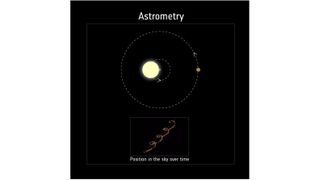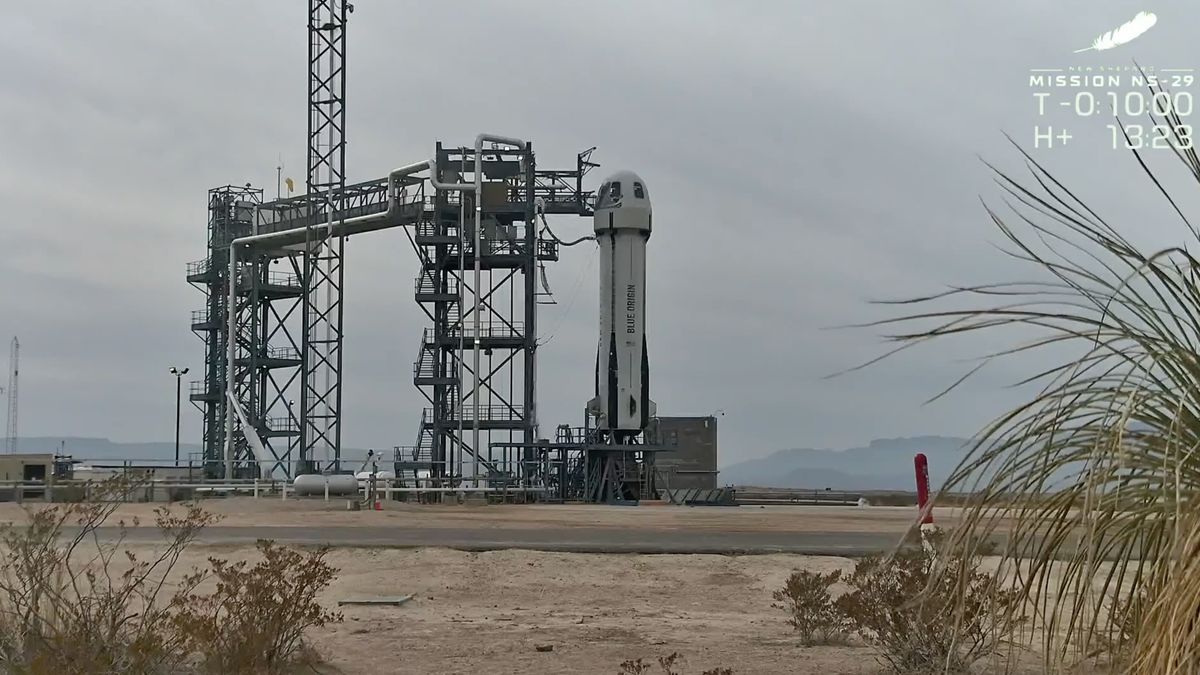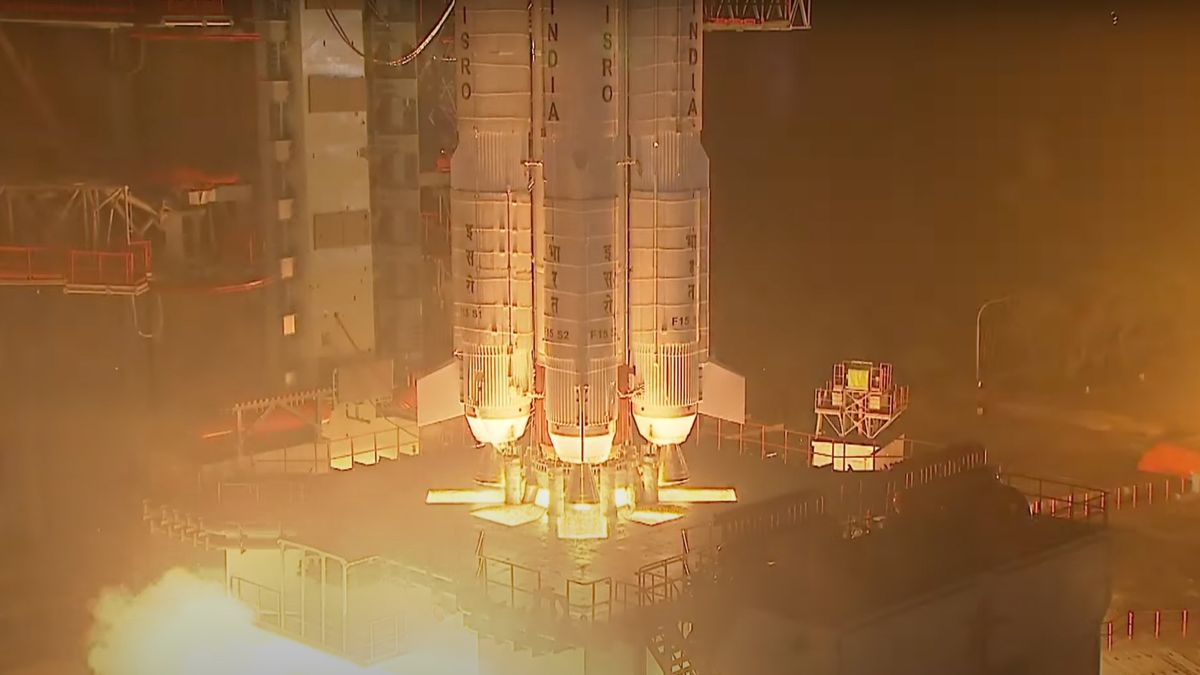The Perseverance Mars rover has collected a rock sample on Mars unlike any other it has picked up so far. NASA’s Perseverance rover is currently exploring hills and rocky outcrops along the rim of Jezero Crater, where it has been collecting rock samples to reveal the area’s geological history. This week, NASA announced that the robotic explorer picked up a “one-of-a-kind treasure” in the form of a 1.1-inch (2.9-centimeter) rock sample from an area known as “Silver Mountain.” “My 26th sample, known as ‘Silver Mountain,’ has textures unlike anything we’ve…
Read MoreCategory: The Moon
Our moon
‘This idea that it takes like 250 years for Pluto to orbit the sun, I think that’s just bizarre.’ Star Trek scion Adam Nimoy talks our favorite (dwarf) planet for ‘I Heart Pluto’ festival
The 95th anniversary of Pluto’s official discovery by Clyde Tombaugh at the Lowell Observatory in Flagstaff, Arizona is rapidly approaching and the historic location is gearing up to host a grand celebration on Feb. 13-17, 2025 with a five-day series of educational and social activities to mark the occasion. Lowell’s sixth annual “I Heart Pluto Festival” will honor the remote icy world that was reclassified as a dwarf planet in 2006 and originally found at that location on Feb. 18, 1930. This year is also the tenth anniversary of NASA’s…
Read MoreNew ‘Star Wars: The Mask of Fear’ novel stars Mon Mothma, Bail Organa, and Saw Gerrera (interview)
Galavanting through the galaxy far, far away with seemingly effortless literary ease, prolific “Star Wars” author, Alexander Freed has been catapulted to the top tier of sci-fi writers. He is confidently able to navigate far off alien worlds and complex plotlines via their imposing storytelling skills, engaging characters, and vivid descriptions. Freed accumulated an impressive resume of video game work during his many years at Bioware and EA Dice/Electronic Arts, then later used that valuable experience to pen “Star Wars: Battlefront: Twilight Company,” the “Rogue One: A Star Wars Story”…
Read MoreGiant planet or ‘failed star?’ Newfound mystery world blurs the lines
One of the largest exoplanets to be found orbiting a relatively low-mass star has been discovered, thanks to the way the planet’s gravity drags its star around on its journey through space. The planet is the fourth world to be spotted in data from the European Space Agency’s Gaia mission, which was designed to map a billion stars in our Milky Way galaxy, cataloguing their masses, luminosities, temperatures and motions through space. It’s this latter property that led to the discovery of the giant exoplanet Gaia-4b. It orbits a star…
Read MoreHubble Space Telescope spots a spectacular Bullseye in deep space (image)
NASA’s Hubble Space Telescope managed to capture an incredible image of a galaxy that looks an awful lot like a bullseye. “This was a serendipitous discovery,” said Imad Pasha, the lead researcher and a doctoral student at Yale University in New Haven, Connecticut, in a statement. “I was looking at a ground-based imaging survey and when I saw a galaxy with several clear rings, I was immediately drawn to it. I had to stop to investigate it.” In reality, this striking pattern formed 50 million years ago, when a small…
Read MoreSpaceX to launch water-hunting moon probe ‘Lunar Trailblazer’ on Feb. 26
LITTLETON, Colorado — A university-led lunar orbiter designed to pinpoint the location of ice or liquid water trapped in rocks on the moon’s surface is nearly ready for takeoff. The Lunar Trailblazer is slated to launch atop a SpaceX Falcon 9 rocket no earlier than Feb. 26 from NASA’s Kennedy Space Center in Florida. It will fly as a “rideshare” along with the primary payload — the Athena lunar lander, built by Houston company Intuitive Machines. Here within a Lockheed Martin clean room, where it underwent final grooming ahead of…
Read MoreSpaceX launches 2 Maxar Earth-observing satellites toward orbit (video, photos)
SpaceX launched two Earth-imaging satellites today (Feb. 4), further building out Maxar Technologies’ sharp-eyed WorldView Legion constellation. A Falcon 9 rocket carrying the WorldView Legion 5 and 6 satellites lifted off from NASA’s Kennedy Space Center (KSC) in Florida today at 6:13 p.m. EST (2313 GMT). The Falcon 9’s first stage came back to Earth about eight minutes after launch as planned, touching down at Cape Canaveral Space Force Station, which is next door to KSC. The first stage of a Falcon 9 rocket heads back to Earth for a…
Read MoreBlue Origin to launch New Shepard moon-gravity mission on Feb. 4 after glitch
Blue Origin is now targeting Tuesday (Feb. 4) for its first-ever moon-gravity mission. The company first tried to launch the NS-29 mission of its New Shepard suborbital vehicle on Jan. 28, but called off that try due to uncooperative weather and an issue with the rocket’s avionics. But everything appears to be in order now. Blue Origin, which is run by Amazon founder Jeff Bezos, plans to fly the uncrewed NS-29 on Tuesday morning. If all goes according to plan, New Shepard — a reusable rocket-capsule combo — will lift…
Read MoreNewly-launched Indian satellite left stranded by propulsion problem
India just launched its first mission of 2025. The Indian Space Research Organisation‘s (ISRO) Geosynchronous Satellite Launch Vehicle (GSLV) lifted off from Satish Dhawan Space Centre on schedule today at 7:53 p.m. EST (0053 GMT and 6:23 a.m. local time on Jan. 29). It was the 100th launch overall from the storied spaceport, which lies on the barrier island Sriharikota, off India’s southeastern coast. The first orbital liftoff from the site occurred in August 1979, according to The Hindu. NVS-02 was expected to take up a position along the geostationary…
Read More‘Roasting marshmallow’ exoplanet is so hot, it rains metal. How did it form?
Astronomers may have inadvertently complicated the mystery of how strange “roasting marshmallow” planets form. Using the Gemini South telescope, researchers found that the “hot and puffy” ultra-hot Jupiter planet WASP-121b may have formed closer to its star than previously believed, challenging what we know about how planets form. Since the discovery of the first planet outside the solar system in the mid-1990s, the catalog of extrasolar planets, or “exoplanets,” has grown to over 5,000 entries. Many of these exoplanets are like nothing found in our solar system. The hot and…
Read More







